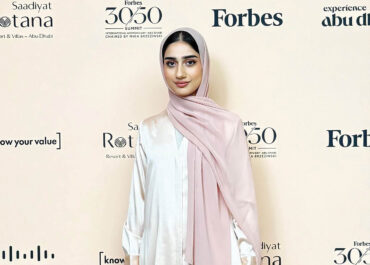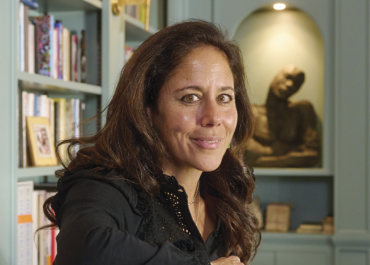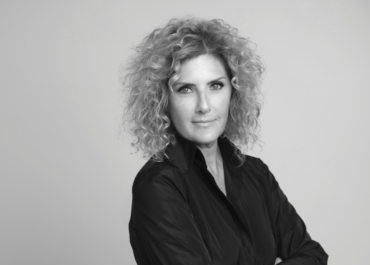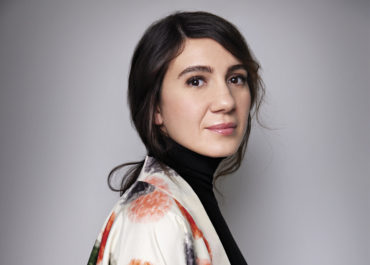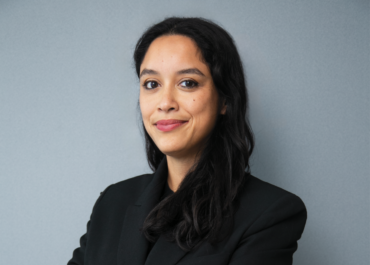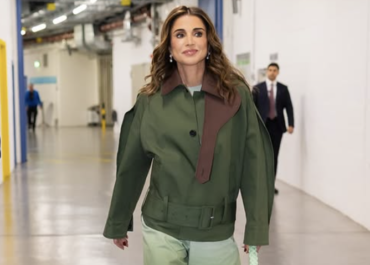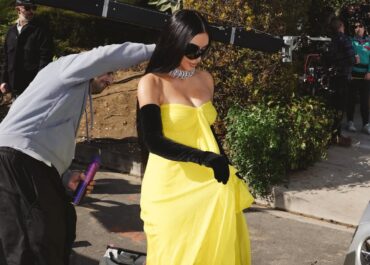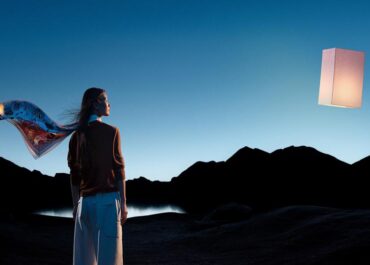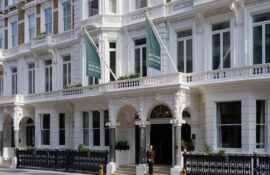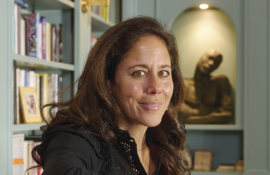Born in Dubai in 1996, Shamma Faisal Al Bastaki has built an impressive body of work that bridges oral history, poetry, and visual art. Her debut collection, House to House, launched at Dubai’s Etihad Museum this October. The work gathers the memories of Dubai Creek’s elders, tracing the stories of everyday life between the 1940s and 1980s, and turns them into a lyrical portrait of belonging and place.
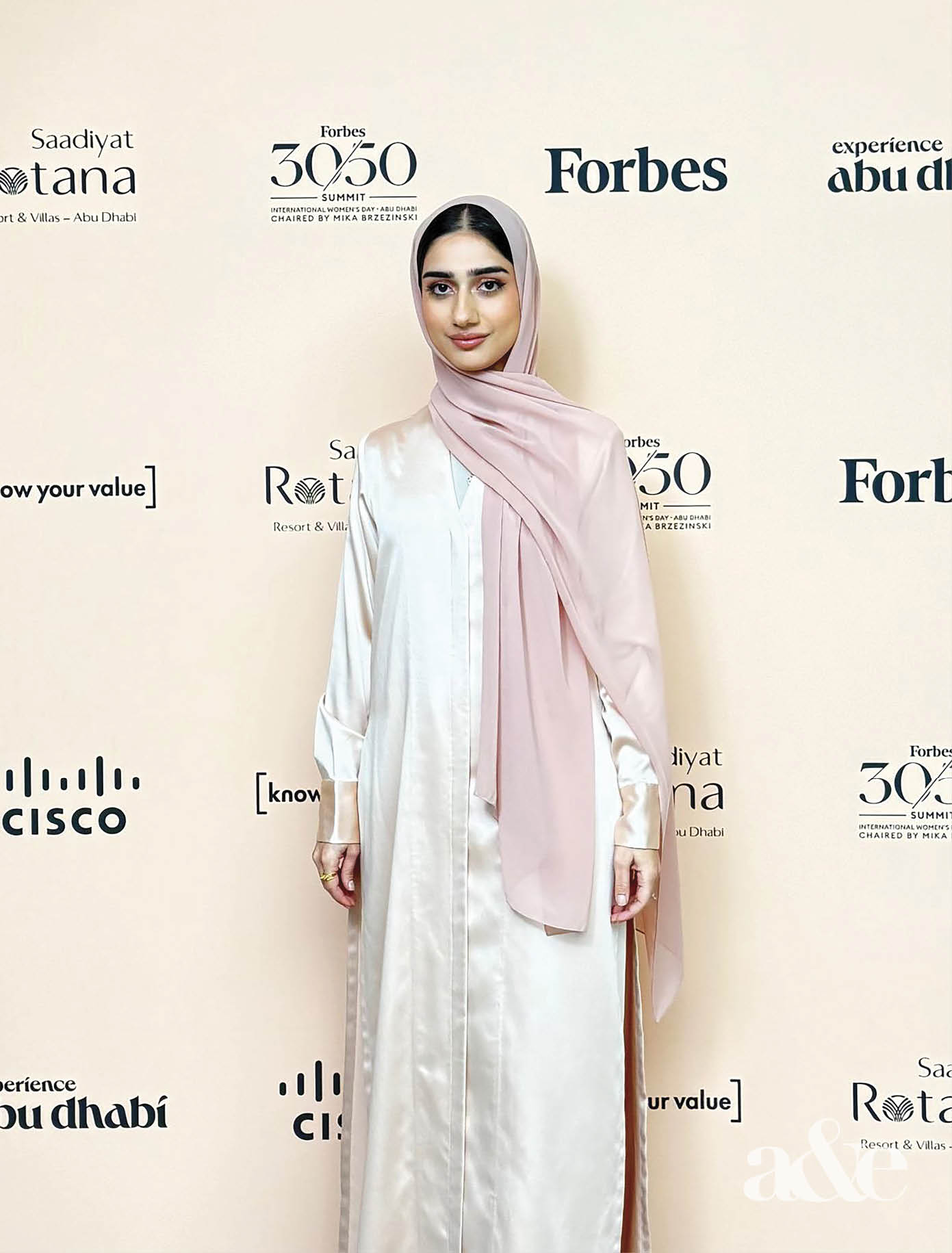
A graduate of Harvard University and NYU Abu Dhabi, Al Bastaki’s academic path mirrors her creative depth. Her Harvard thesis, Al-Majaz: A Crossing, received the Best Thesis Award from the university’s Centre for Middle Eastern Studies, while her undergraduate work combined Literature and Sociology. She later earned a Postgraduate Diploma in Diplomacy and International Relations from the Anwar Gargash Diplomatic Academy, blending her artistic voice with a nuanced understanding of cultural dialogue.
She has represented the UAE internationally as an ambassador for Louvre Abu Dhabi and co-founded the JARA Collective, a chapbook press connecting writers across New York, Bangalore, and Paris. Her work has been performed from London to Washington, and her visual art, including calligraphy and mixed-media installations, has been exhibited through the Salama Bint Hamdan Emerging Artists Fellowship. Here we speak to Al Bastaki about her debut work, wider career and what is next for the UAE’s rising literary star.
Growing up in the UAE, what were some of the early influences, people, places, or moments that shaped your love of storytelling?
I was surrounded by many influences growing up, and I consider myself very fortunate to have had such a colourful and imaginative childhood. My parents would often read me bedtime stories and share nursery rhymes that I absolutely loved. I think that was where it all began. I moved from enjoying nursery rhymes to loving rhyme itself, and eventually to writing my own poems once I realised how much joy I found in playing with words from a young age.
That early sense of musicality stayed with me, as did the creativity I grew up around. My father is an artist, and having a creative presence at home shaped my poetic sensibilities as I grew older. And, of course, the UAE itself is effervescent in its inspiration; a setting full of stories, rhythms, and creative sensibilities that continue to influence my work.
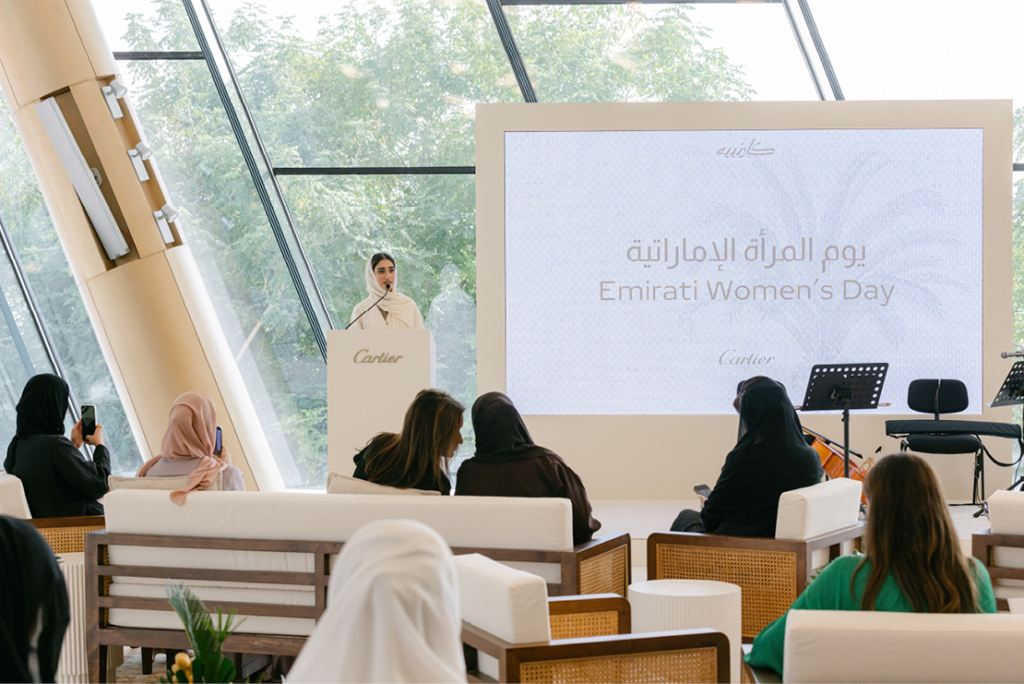
Do you see your creative journey as something that has evolved naturally, or have there been defining moments that changed its direction?
I would say a little of both. My creative journey has unfolded quite organically, though there have certainly been defining moments that have shaped its course. I never forced my love of writing; it was something that came to me naturally as I was growing up. As a teenager, writing became both a creative and emotional outlet. I was quite reserved and shy, and poetry offered me a way to express everything I found difficult to communicate with others.
There have been pivotal moments that have led to where I am today; I wrote my first poem at the age of seven and continued writing extensively between the ages of thirteen and seventeen. When I was fifteen, I shared one of my poems aloud for the first time with an audience and was moved by their response, and that there was a response at all. That moment was a turning point for me; it gave me the confidence to see writing not only as something personal but also as a means to connect with others and be in community with other writers.
Later, during my time at university, I wrote what would become my first collection completed in 2018, House to House was studying literature and creative writing alongside social research and public policy at NYU Abu Dhabi, and I began to realise how my interests in research, sociology, and anthropology could feed my creative practice and make me better at noticing the spectacle in the ordinary, a key feature of my wiring today. Also, during my master’s at Harvard, where I wrote my second poetry collection and began to experiment with language more boldly than ever before.
These experiences, along with the influence of teachers, mentors, and fellow writers, have all shaped my poetic sensibility and my view of my creative practice, which I hope will continue to be situated in conversation with the broader, traditional and evolving literary landscape of the UAE.
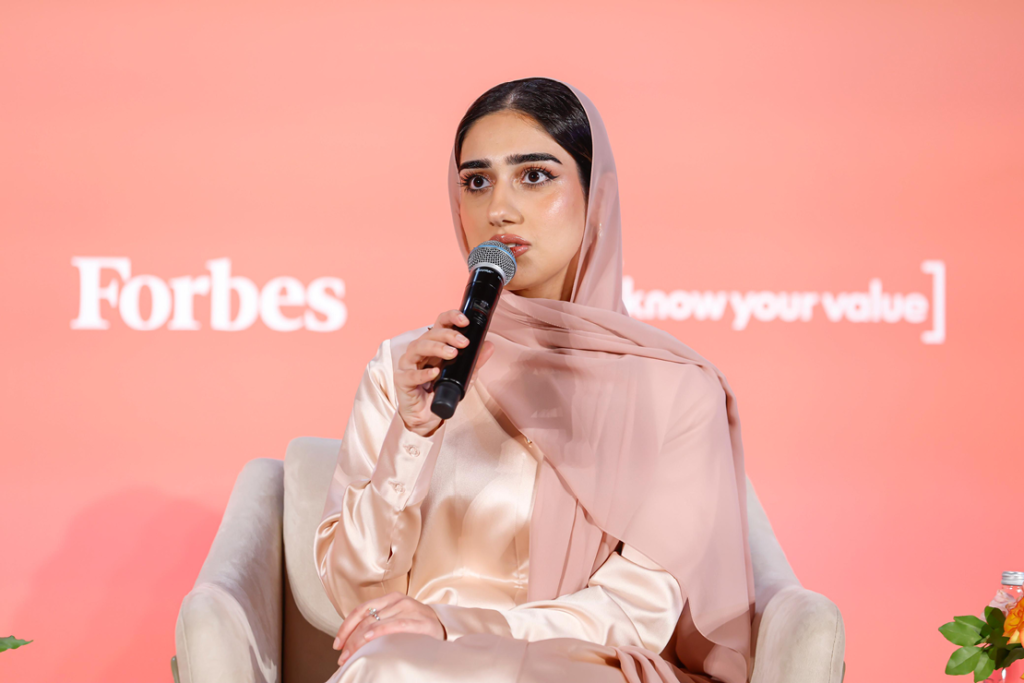
Your debut poetry collection, House to House, is rooted in the oral histories of the Dubai Creek communities. What first drew you to documenting these stories through poetry rather than prose or academic research?
I believe poetry can achieve what other mediums cannot. To me, poetry is a space of intermittent surprise, a distillation of reality rather than an embellishment of it. There is sometimes a misconception that poetry seeks to beautify or romanticise the world, but for me, poetry allows us to access the textures of everyday life with greater precision, to render reality in a way that feels more immediate and true.
In House to House, one of the central questions I explore is how memory itself can become a form of history. The oral narratives I collected were refracted through a rigid, structured poetic mould that reflects the intermittence of memory, but also celebrates a lyricism of encounter. Paradoxically, I was able to produce work that is organic, generative and open to interpretation.
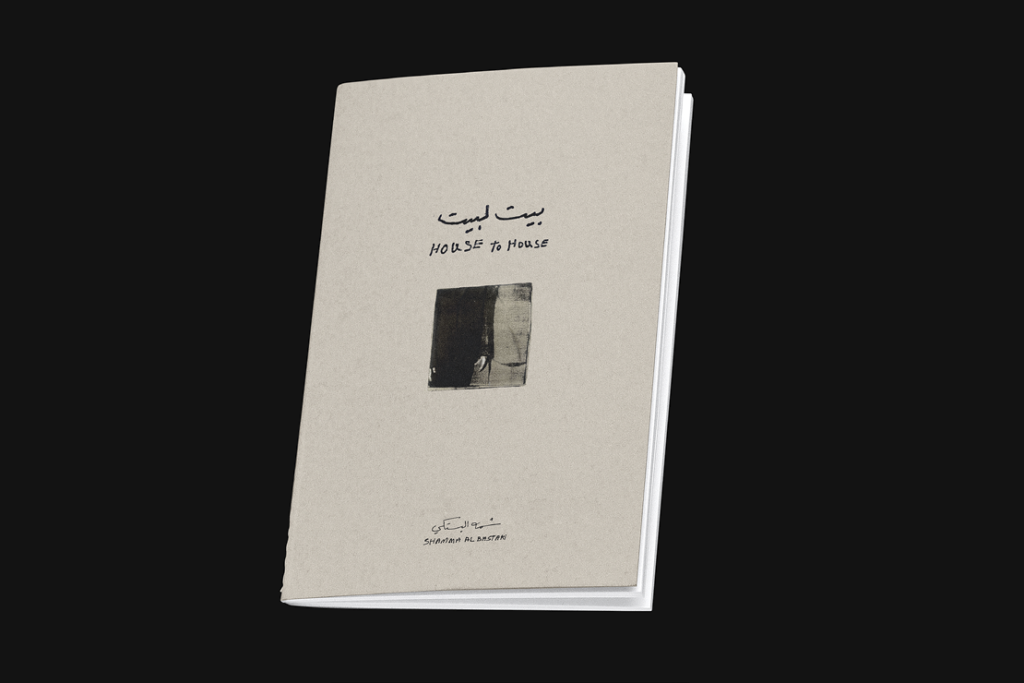
The book spans memories from the 1940s to the 1980s. How did you approach transforming oral storytelling into poetic form while maintaining authenticity?
While the project began with a certain ethnographic and archival impulse, House to House was never intended to be a historical study in the traditional sense. As I note in the preface, it is a creative exploration of documentary forms, using the research tools to create something poetic. The end product is not a record of facts but a refracted record of the voices that honours the rhythm, cadence, and embodied experiences of the people I conversed with, including the misremembrances and the beautiful imprecision of relational mapping and collective recollections that present as record.
This collection also emerged from a place of self-reflexivity. I wanted to understand who I am in relation to the people whose stories I was gathering, stories that felt foundational not only to my own poetic sensibility, but also to the broader layered narratives of the UAE. It felt vital to collect and safeguard these narratives, and I can only hope to have done these beautiful stories justice through my poetry.
How has the Emirates Literature Foundation and ELF publishing supported you in your journey?
The Emirates Literature Foundation’s support long preceded the publication of this book. I have been a regular at it since I was in my early teens and feel fortunate to have had a series of meaningful encounters with its incredible team. To now be published by the Emirates Literature Foundation and ELF Publishing is both a privilege and a blessing.
It is deeply meaningful to me, not only as a writer but also as someone who cares about the growth of our literary communities in the UAE. A publisher like ELF Publishing is exactly what our literary landscape needs, one that champions and amplifies voices from the UAE to the wider world.
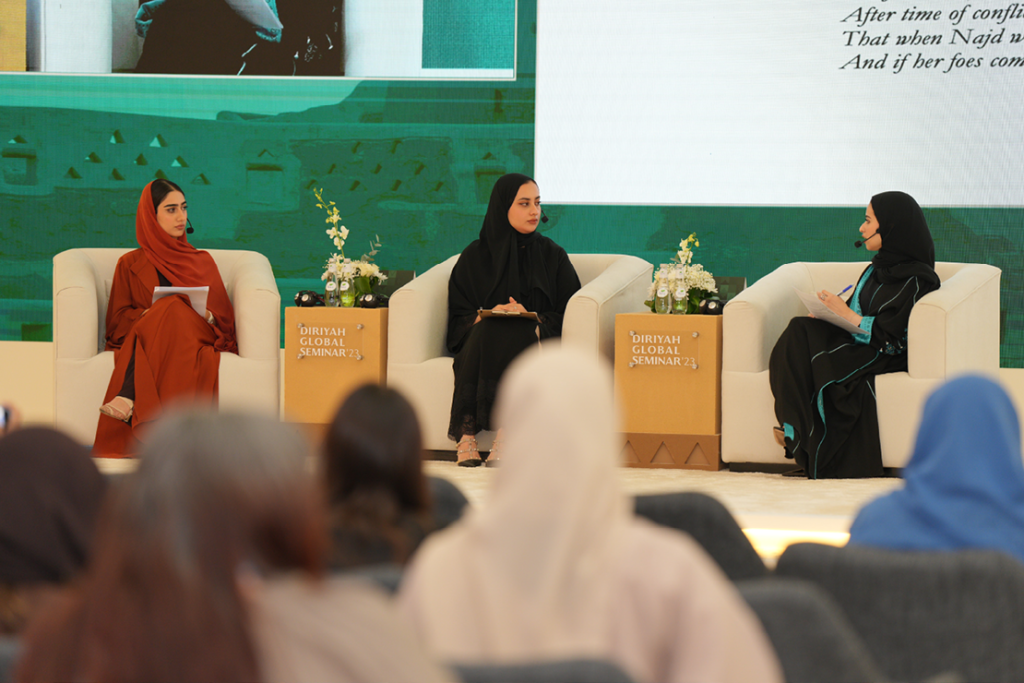
House to House was launched in October at the Etihad Museum as part of Dubai Culture’s Library Talks. What does this mean to you?
It is a privilege and an honour to share my work in a space that holds such deep meaning for our community and nation. The Etihad Museum is among the UAE’s most remarkable cultural landmarks, and I am deeply grateful and excited to have launched House to House in a setting that reflects the spirit of the stories that inspired it.
How do you see your work contributing to Dubai Culture’s vision of preserving oral memory and promoting the city as a global hub for creativity?
I would say that House to House reflects stories which reveal that the people of the UAE have always been creative, connected, and inherently cosmopolitan. The people of the creek were foundational to sculpting the sediment for the Dubai we know today, which was always vibrant and dynamic.
Dubai Culture’s commitment to safeguarding such stories is essential. I hope that, in my literary capacity, this work contributes to that larger and deeply meaningful project of preserving and celebrating collective memory.
As both a poet and a visual artist, how do your practices in writing, calligraphy, and sculpture intersect or inform each other?
I would say that my work is rooted in a desire to move beyond definitions and to push the boundaries between genres and forms. I am interested in challenging the limitations of what constitutes sculpture, image, photography, or language. For me, these mediums are fluid and interconnected; it comes naturally to me to conceive of a sculpture as a form of language, as it is to approach a poem as a visual work.
I think of language as material and in House to House, for instance, there are visual compositions that some might find difficult to categorise as poetry, yet I present them as such because they capture a poetic essence or I impose a similar set of constraints that I do to the language, even in the absence of decipherable text or linear narrative. My work, across disciplines, feels like a continuous experiment of what language, and art more broadly, can do when pushed, subtly and softly, to its limits. I often use poetry as a framework through which to approach my photography, sculpture, and film practice, and I see all these forms as parts of a single, continuous artistic conversation rather than separate.
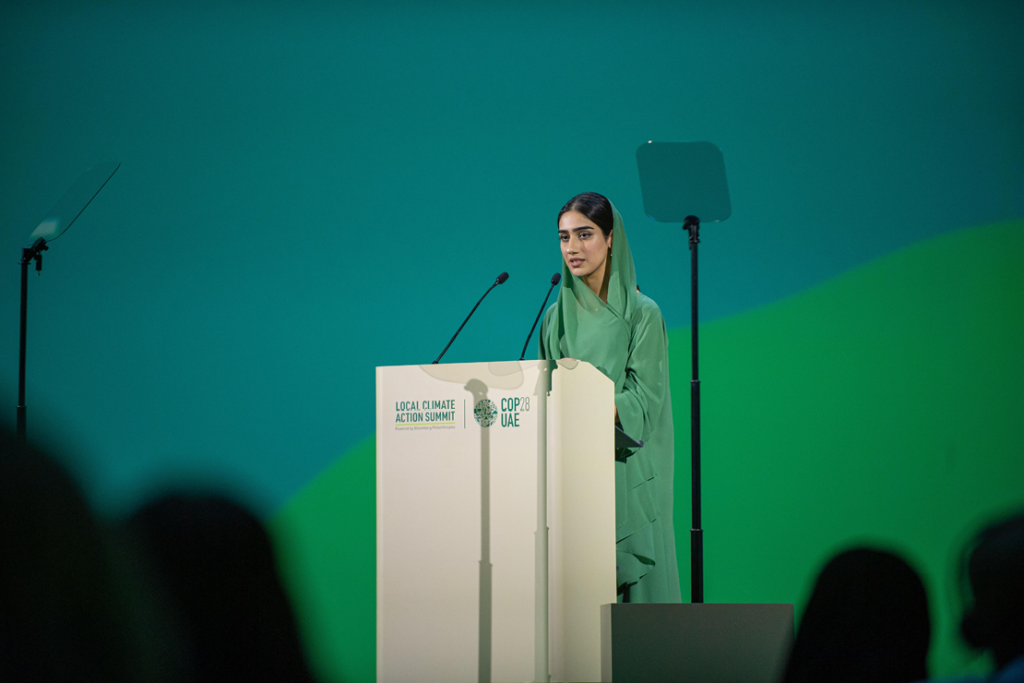
You won the ADMAF Creativity Award and your work has been taught in universities around the world. How does it feel to see Emirati poetry being studied internationally?
The excerpt that won the award was part of the very first version ofHouse to House, produced as my undergraduate capstone project, which I submitted to the ADMAF Creativity Award in 2019.
It is surreal to see this work being taught internationally. The text has been included in classrooms in Japan and has been adapted into educator guides for both high school and university students in the United States and elsewhere after an excerpt of it was published in Asymptote Journal, a Taiwan-based international journal of contemporary literature. I also shared this work in South Korea during a trip with ELF Publishing to the Seoul International Book Fair this year. To see a work so deeply rooted in the UAE, and so hyper-local in its focus, be received warmly in divergent contexts around the world is thrilling and unexpectedly gratifying.
Your work often explores identity and belonging. How do you navigate those ideas as a writer from Dubai who has studied and lived abroad?
My work often begins from a place of self-reflexivity and inquiry. I do not see my identity as fixed; rather, it is something that is constantly evolving. Naturally, my context as a writer from Dubai shapes the way I engage with and understand the world, and it is key to the backdrop of making House to House.
At the same time, I feel fortunate to have had experiences across a kaleidoscope of places beyond the UAE, from London, Florence, Greece, New York, Washington, D.C., Boston, and Japan. These experiences have broadened my horizon of expectations and continually influence the way I see the world and encounter its wonders.
One insight that comes from being from Dubai is the ease with which one navigates strangeness. The UAE, as a place where diverse communities converge, inspires a natural sense of adaptability and openness. It has made it possible for me to adapt and feel comfortable even in contexts that are far removed from home.
Looking back over your career so far, how do you feel your voice has evolved and what themes have remained constant?
My style has evolved quite significantly over the years. I began writing poetry that was highly structured, metrical, and rhythmic. Over the past decade, however, my work has taken a more experimental turn. While it remains melodic and rhythmic, it now embraces disruption and unpredictability. I enjoy playing with language, exploring its ambiguity, and using these qualities to create work that is less polished and more inventive, allowing the process itself to guide the outcome.
In terms of themes, several ideas have remained central to my practice. One is the concept of the infra-ordinary, drawing from Georges Perec, which explores the textures of everyday life, what occurs when nothing seems to be happening. Another is what I have called the Poetics of Translucence, which employs blurriness and inexactness to achieve a form of precision that is often more intelligible to reality.
Relational aesthetics also plays a key role in my work, creating art from a place of community, where the relational aspects of the creative process are valued more than the final product. This approach was particularly important in House to House.
You’ve performed and exhibited work internationally, from Europe to the US, How do audiences abroad respond to Emirati poetry and art?
Audiences are often very curious about the creative talents emerging from the UAE, of which there are many. In general, the response has been quite warm and positive. I think there is frequently an imagined notion of flatness or pre-imagined categories within which Emirati art has tended to be situated, with an otherizing effect. Encountering work that is complex, layered, and nuanced, whether it is my own or that of other Emirati creatives, can therefore come as a surprise. This complexity is typically met with genuine interest and appreciation, which is encouraging.
Your installation El Ash was part of the Salama Bint Hamdan Emerging Artists Fellowship exhibition. Can you tell us about the ideas behind that piece?
El Ash was the culmination of the work I undertook as part of the Salama Bint Hamdan Emerging Artists Fellowship, of which I was a member of the sixth cohort. During this fellowship, I was able to experiment with my visual practice more extensively than ever before. The title El Ash is a variation of the name Aisha, meaning “living”. It was inspired by my matrilineal heritage, exploring various manifestations of doll-making and play, such as my grandmother teaching me to sew dolls in the same way her grandmother had taught her. In creating El Ash, I also considered my own relationship with my mother, who collected dolls in the late 1970s and 1980s, much as I now collect stuffed animals.
Through still-life photography, sculpture, fabrics, and film, the work explores matrilineal connections, the transmission of knowledge across generations, and kinship through doll-making, reflecting on play as a vital medium for memory, inheritance, and creative expression.
Finally, what does the act of “crossing”, a recurring idea in your work, mean to you today, both as a poet and as an Emirati woman artist?
I have always been drawn to the word “crossing,” which is also the subtitle of my second poetry collection, Al Majaz: A Crossing. The Arabic word al majaz literally translates as “crossing” but is also the term for metaphor or a figure of speech in classical literature. In this sense, crossing signifies the movement from one meaning to another, much as a metaphor does.
When writing this collection, I was inspired by my walks through the pedestrian underpasses of the UAE. These walks became a point of departure for exploring the classical Arabic concept of al majaz, while also reflecting on the way language travels through a city. I came to think of the pedestrian underpass as a mythopoetic space, a liminal place where multiple crossings can occur: from one place to another, from one encounter to the next, from a mural to the next, from line to line.
Over time, in my creative practice and beyond, I have learned to embrace this sense of being neither fully here nor there, finding in it a source of comfort and a generative force for my work, rather than an obstacle to art-making.
By Emma Hodgson


